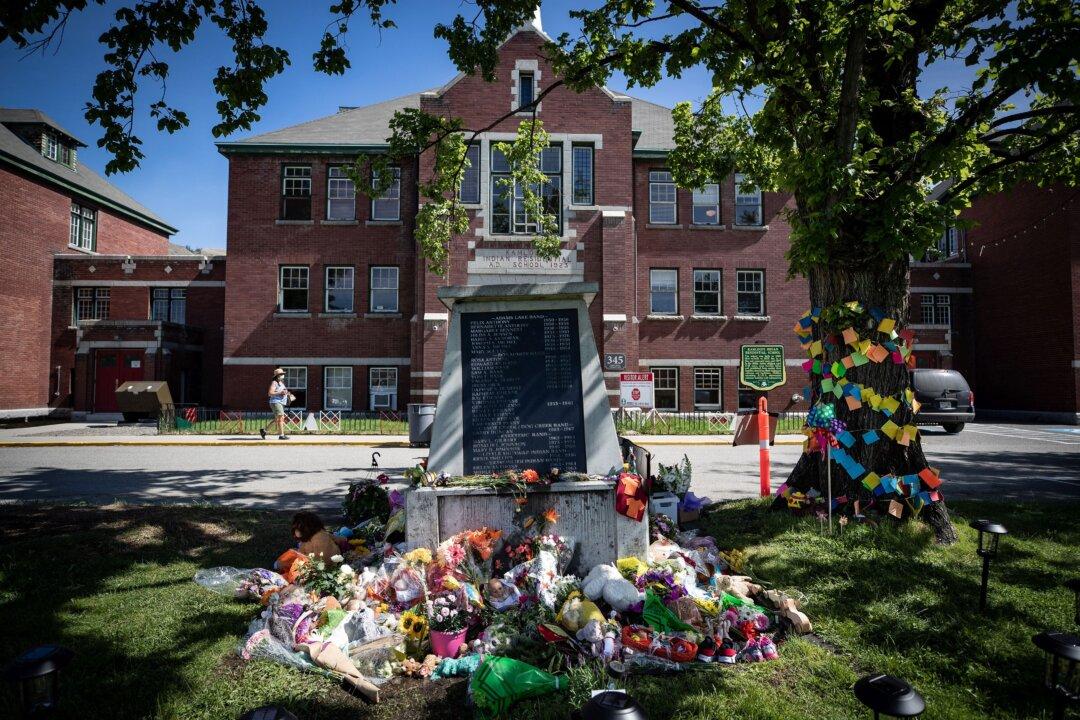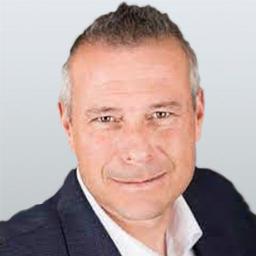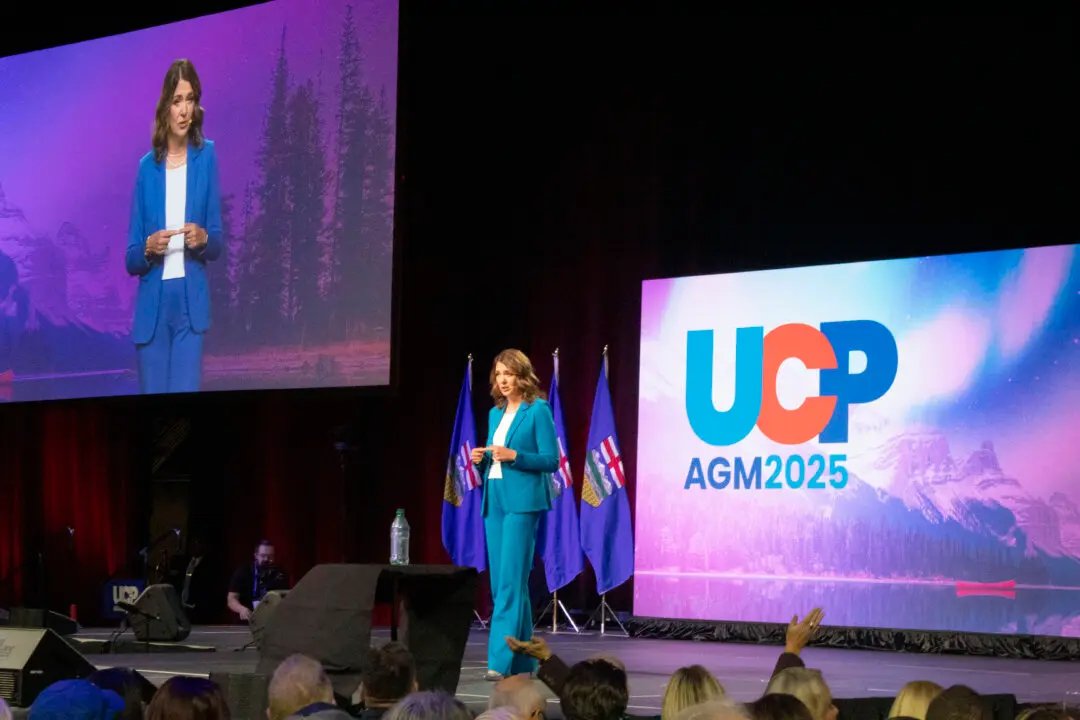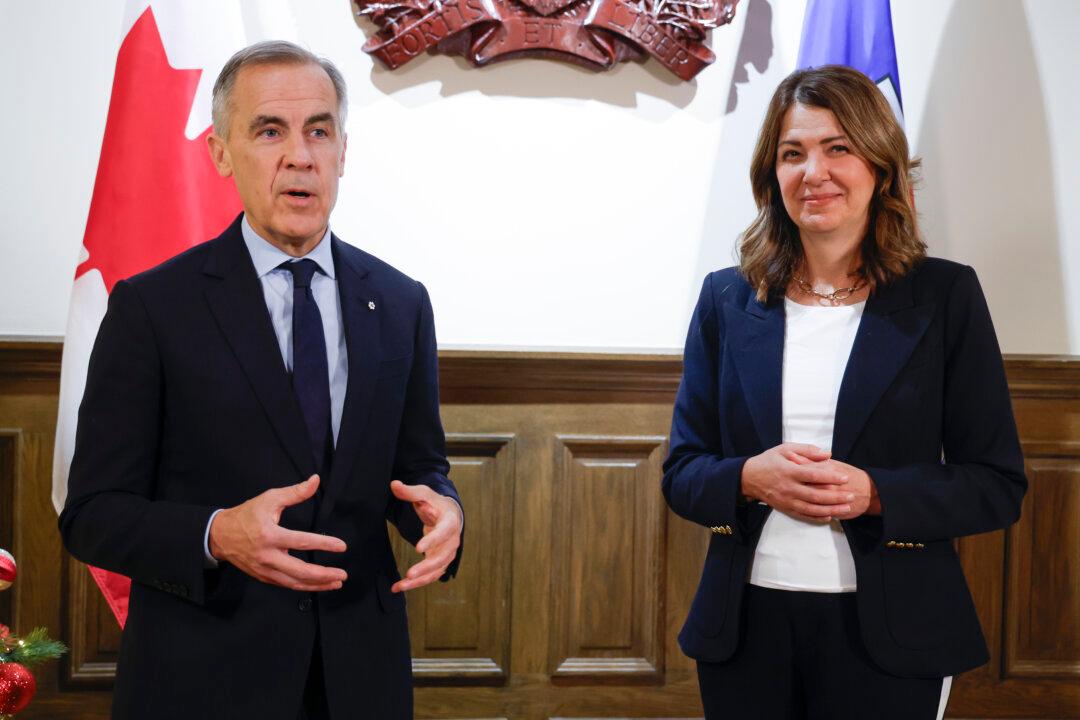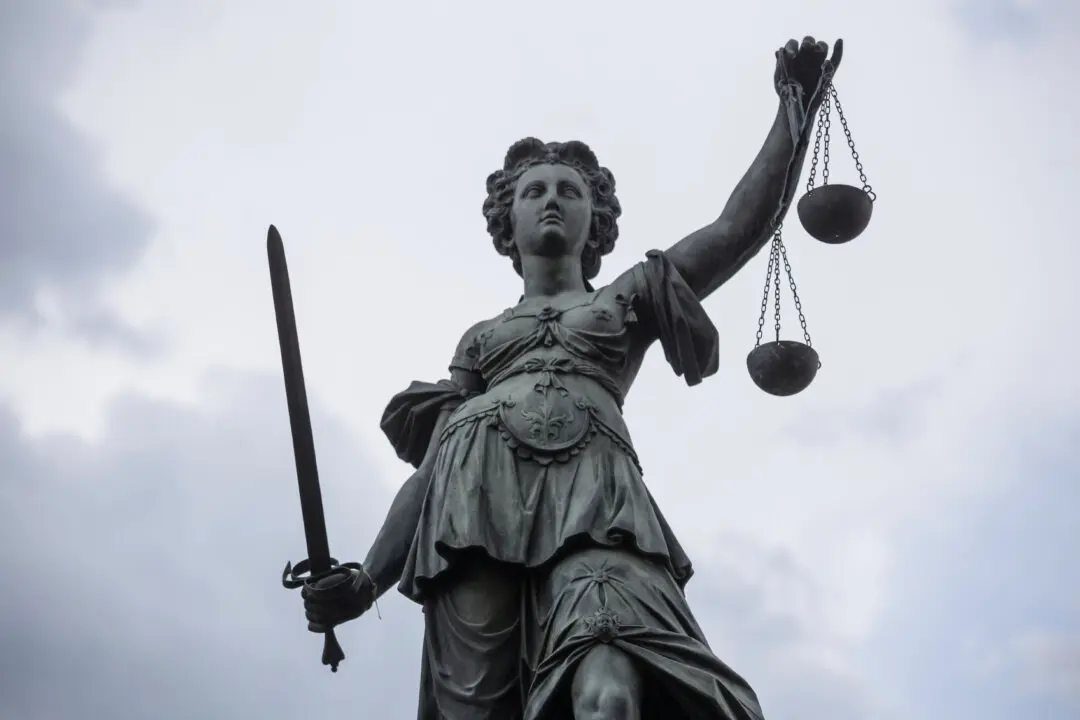It’s been three years since Tk’emlúps te Secwépemc Chief Rosanne Casimir announced “the confirmation of the remains of 215 children who were students of the Kamloops Indian Residential School.”
The news rocked the nation and made headlines around the world. Demonstrations erupted, and apologies were offered by the government along with hundreds of millions of dollars to investigate alleged burials of residential school children. Up to 100 churches in Canada were vandalized or burned to the ground in reaction to the news. The Canadian flag was kept at half-mast for nearly six months, and the Pope came to Canada to beg forgiveness.
